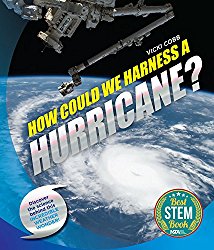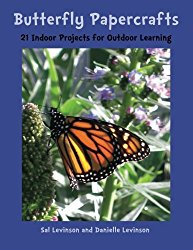Today we have four new titles in the Picture Book Science series by Andi Diehn and illustrated by Shululu (Hui Li). They will be coming out March 1, 2018.
Energy, Forces, Matter, and Waves will appeal to the young reader who loves to learn about words. Andi Diehn has a BA in English and an MFA in Creative Writing, so her approach is to make vocabulary shine. The titles start with a lively poem to introduce the topic. Next, the author shows how words can have one or more meanings in everyday usage. Finally, she exposes readers to the more specific definitions of the terminology as it is used in the physical sciences and delves into the concepts.
The creative and textured illustrations by Shululu (the pen name of artist Hui Li) add just the right amount of fun to every page.
“Try This” sidebars with instructions for simple hands-on activities are included in each book to encourage children to explore the concepts further.
Overall, this series would be perfect for children who are struggling to understand scientific vocabulary or needing a quick introduction to the physical sciences. Because these books introduce, define, and clarify concepts, they provide an important first step to scientific discovery.
For more information about each individual book, see our review at Wrapped in Foil blog. For more activities to accompany each book, see Growing with Science blog.











